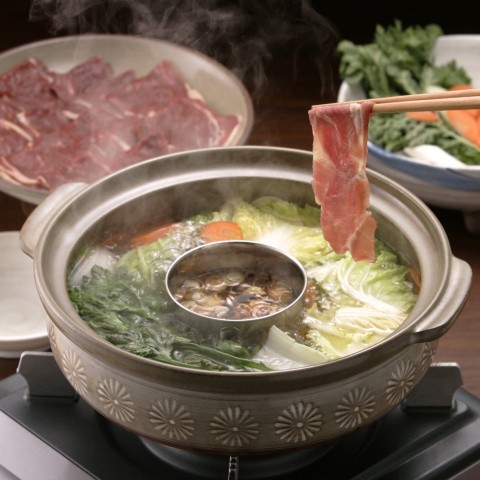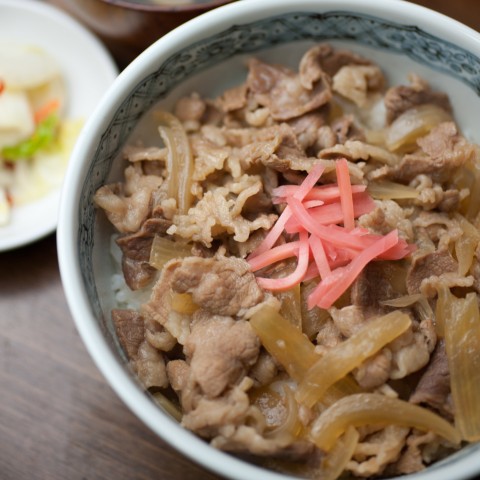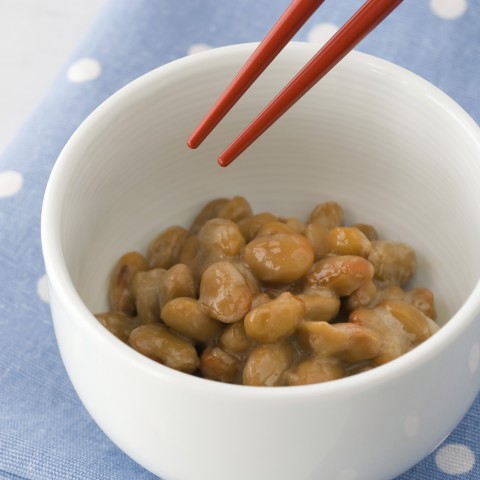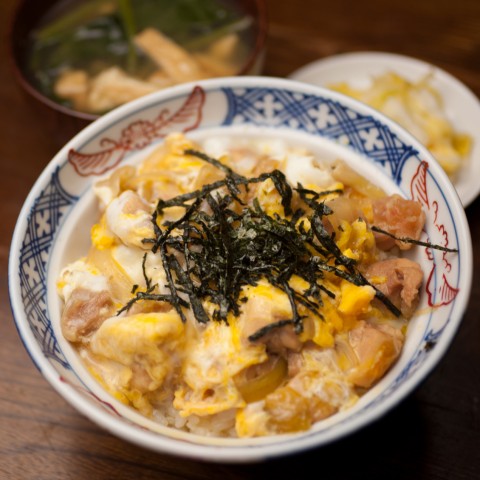
When learning a foreign language, one studies the phrases and grammar rules laid out in their textbook or taught in the classroom. But once a language student begins to practice what they’ve learned in the real world, it’s not long until they encounter a number of unfamiliar expressions in the spoken language.
Filler words are a great example of this.
Japanese filler words are small words or sounds often used to fill pauses in conversation, emphasize a point, soften a statement, and so on.
Once you master Japanese filler words and start using them in conversations, you’ll begin to sound more and more like a native speaker. But while filler words can help your speech sound more natural, overusing them can be annoying or leave an undesirable impression of you on others. The key is to use them naturally and effectively.
In this article, we’ll introduce the top 10 Japanese filler words, explain the characteristics and functions of each, and discuss the pros and cons of using them.
- → If you’re looking for more ways to make your Japanese sound more natural, why not learn a few Japanese idioms or funny Japanese expressions?

ええと・・・ (eeto…) – “umm…” You can use this Japanese filler when you’re thinking.
 Table of Contents
Table of Contents
1. What are filler words?
Filler words are short words or sounds used to fill pauses in conversations, usually to let the other party know you’re not done speaking yet. In English, commonly used filler words and sounds include:
- “Uh…”
- “Um…”
- “Er…”
- “Well…”
- “So…”
- “You know…”
- “I mean…”
- “Like…”
Although filler words and sounds add no particular meaning to the speaker’s statement, they do have a function in speech. As mentioned, filler words are most often used to let the other party know that you’re thinking about what to say next and that you’re not finished speaking. This signals to the other party that they should keep listening rather than take their turn to speak.
Fillers can also be used for a variety of other purposes, depending on the context. For example, they can be used to…
- …speak more indirectly in order to be polite.
- …approach a delicate topic gently.
- …emphasize an idea.
- …provide clues about the speaker’s emotions or behaviors.
- …communicate uncertainty.

Filler words are used to fill the little pauses in conversations.
How are they used in Japanese?
Filler words in Japanese are used in almost the same way as those in English.
Most Japanese filler words are casual. That said, some of them—such as あの (ano) and その (sono)—can also be used in formal/official situations. Others are only used by young people or thoughtless adults and are referred to as 若者言葉 (wakamono kotoba) or “young people’s words.” Fillers that fall into this category include てゆーか (te yū ka) and てかさー (teka sā).
In the following section, we’ll go into more detail about the usage of each commonly used Japanese filler word.

The most frequently used Japanese filler words are あのー (anō), meaning “um…” / “er…,” and ええと (eeto…), meaning “well…”
2. Top 10 Japanese Filler Words
#1 ええと (eeto) / えっと (etto) / えー (ē)
English Equivalents: “er” / “err” / “uh” / “um”
This is one of the most common Japanese filler words. You can use it to indicate that you’re pausing to think or to precede something that you’re hesitant to say.
While ええと (eeto) and えー (ē) can be used both casually and in formal situations—such as in an official speech or a business presentation—えっと (etto) should only be used casually. These filler words may be used multiple times in one sentence.
Examples
- ええと、何を言おうとしていたんだっけ・・
Eeto, nani o iō to shite ita n dakke…
“Err, what I was trying to say…”
- えっと、今から授業が始まるから、後でね。
Etto, ima kara jugyō ga hajimaru kara, ato de ne.
“Um, maybe later because the class is starting now.”
- えー、先ほども述べた通り、えー、今期の営業利益はマイナスです。
Ē, sakihodo mo nobeta tōri, ē, konki no eigyō rieki wa mainasu desu.
“Uh, as I mentioned before, um, the operating profit of this period is negative.”
#2 あの (ano) / あのー (anō)
English Equivalents: “well” / “uh” / “um”
This is another frequently used Japanese filler word that can be used in both casual and formal situations. It’s very similar to ええと(eeto) and えー (ē), but this one can also be used to get the listener’s attention.
Examples
- あの、ちょっといいですか、あの、言いたいことがあります。
Ano, chotto ii desu ka, ano, iitai koto ga arimasu.
“Err, can I have a minute, um, I have something to say.”
- ええと、ここに問題があります。あのー、ようするに流通の問題です。
Eeto, koko ni mondai ga arimasu. Anō, yōsuruni, ryūtsū no mondai desu.
“Um, the problem lies here. Well, in a word, the distribution problem.”

田中さん、あの、ランチ一緒に行きませんか。
Tanaka-san, ano, ranchi issho ni ikimasen ka.
“Ms. Tanaka, um, would you like to have lunch together?”
#3 その (sono) / そのー (sonō)
English Equivalents: “well” / “uh” / “um”
These are similar to あの (ano) and あのー (anō). They’re used to pause a little so you can think of what to say next, or before talking about a delicate subject.
Examples
- 私は、その、これが良い案とは思いません。
Watashi wa, sono, kore ga ii an to wa omoimasen.
“I, uh, I don’t think this is a good idea.”
- そのー、いわゆる、それはザイアンス効果によるものです。
Sonō, iwayuru, sore wa Zaiansu kōka ni yoru mono desu.
“Well, so to speak, it is due to the mere-exposure effect.”
#4 うーん (ūn) / うーんと (ūnto)
English Equivalent: “umm”
This is the Japanese version of “umm.” It’s an example of 擬態語 (Gitaigo), or “onomatopoeia,” used to describe a state of “thinking.” You can use this filler to let the other person know you’re gathering your thoughts, or to precede something that you’re hesitant to say.
Examples
- うーん、どっちにしようかな。 うーん、この二つから決めるのは難しい。
Ūn, dotchi ni shiyō ka na. Ūn, kono futatsu kara kimeru no wa muzukashii.
“Umm, which one should I choose? Ummm, it’s hard to decide between these two.”
- うーんと、今週の土曜日なら大丈夫です。
Ūnto, konshū no do-yōbi nara daijōbu desu.
“Umm, it’s okay on this Saturday.”
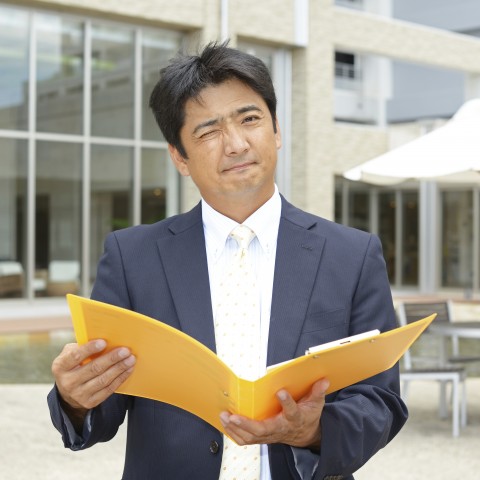
うーん、それはちょっと難しいです。
Ūn, sore wa chotto muzukashii desu.
“Umm, that’s a bit difficult.”
#5 なんか (nanka)
English Equivalents: “like” / “you know”
As a casual filler word, なんか (nanka) is similar to the English word “like,” but it has a nuance that’s more like saying “hey” or “wait” after noticing or discovering something that you want to share with another party.
Examples
- なんか、私にとってはどっちでもいいって感じ。
Nanka, watashi ni totte wa dotchi demo ii tte kanji.
“Like, I don’t care whichever.”
- なんか、今日はいつもより道が混んでるよ。
Nanka, kyō wa itsumo yori michi ga konde ru yo.
“Hey, it seems there is more traffic today than usual.”
#6 ていうか (te iu ka)
English Equivalents: “I mean” / “you know”
This Japanese filler word is very casual and it’s often used to express disagreement with something in a softer way.
There are a few variations of this filler, including:
- なんていうか (nante iu ka) – “what do I say…” / “let me see..”
- This variation can also be used in formal situations.
- てゆーか (te yū ka) – “I mean” / “you know”
- This one is very casual, and used primarily among young people.
- てかさ (teka sa) – “I mean” / “you know”
- This one is very casual, and used primarily among young people.
Examples
- ていうか、むしろ彼に感謝したほうがいいよ。
Te iu ka, mushiro, kare ni kansha shita hō ga ii yo.
“I mean, you should rather thank him.”
- ええと、なんていうか、この計画は見直しが必要だと思います。
Eeto, nante iu ka, kono keikaku wa minaoshi ga hitsuyō da to omoimasu.
“Er, I mean, I think this plan needs to be reviewed.”
- てかさ、前にも言ったけど、勝手に私の部屋に入らないで。
Teka sa, mae ni mo itta kedo, katte ni watashi no heya ni hairanaide.
“You know, as I said before, don’t enter my room without asking me.”
#7 まぁ・・(mā)
English Equivalent: “well”
This filler word is used to express hesitance or to mildly approach a delicate topic.
For reference, the sound ま (ma) has different nuances depending on how it’s said. For example:
- まぁ!(mā!) – “Wow!” / “Oh!”
- In this variation, there is an accent over the a in ma. It’s often expressed with a small Hiragana “あ.”
- まぁ まぁ (mā mā) – “so-so”
- When the long mā is repeated, it means “so-so.”
Examples
- まぁ、別に私はいいけど、他の人にも意見を聞いた方がいいと思う。
Mā, betsu ni watashi wa ii kedo, hoka no hito ni mo iken o kiita hō ga ii to omou.
“Well, I don’t mind, but I think it’s better to ask other people their opinions.”
- まぁ、仕方ないです。誰も天気をコントロールできないですから。
Mā, shikatanai desu. Dare mo tenki o contorōru dekinai desu kara.
“Well, it can’t be helped, because nobody can control the weather.”
#8 それで (sorede)
English Equivalents: “so” / “and then”
This Japanese filler is typically used at the beginning of a sentence to start a new topic in the conversation or to ask for additional information. It can also be used to explain something involving a series of events.
The short version of それで (sorede) is just で (de), which is used very casually.
Examples
- それで、週末に釣りに行く計画はどうなったんですか。
Sorede, shūmatsu ni tsuri ni iku keikaku wa dō natta n desu ka.
“So, what happened to the plan to go fishing on the weekend?”
- で、何が言いたいの?
De, nani ga iitai no?
“So, what do you want to say?”

それで、第2話はどんな展開になったの?
Sorede, dai-ni-wa wa donna tenkai ni natta no?
“So, what happened in the second episode?”
#9 そうか (sōka)
English Equivalents: “is that so” / “I see” / “oh”
You could use this filler word to indicate that you’ve finally realized or understood something.
.
There are two other variations you could use:
1. そっか (sokka) – the very casual version
2. そうですか (sō desu ka) – the most polite version using 敬語 (Keigo), or honorifics
Examples
- そうか、その形には重要な意味があったのか。
Sōka, sono katachi ni wa jūyō na imi ga atta no ka.
“I see, there is an important meaning for that shape.”
- そっか、わかった!やっと謎が解けたよ。
Sokka, wakatta! Yatto nazo ga toketa yo.
“Oh, I understand it. Finally the mystery is solved.”
#10 そうそう (sō sō)
English Equivalent: “yes, yes” / “that’s right”
This filler word is used to affirm something or agree with someone.
Examples
- そうそう! まさにこれが欲しかったんです!ありがとう。
Sō sō! Masani kore ga hoshikatta n desu! Arigatō.
“Yes, yes! This is exactly what I wanted! Thank you.”
- そうそう、そういうこと!
Sō sō, sō iu koto!
“Yes, yes, that’s what I’m talking about!”
3. Pros and Cons of Filler Words
Japanese people use a variety of filler words in their daily conversations. As these words are short and often found at the beginning of a sentence, you may easily pick them up while watching Japanese anime or TV shows, for example.
But even though they’re simple to pick up, there are some tips to keep in mind regarding how to use Japanese filler words effectively and wisely!
1 – Pro: Using filler words makes you sound like a local.
Every language learner would appreciate the obvious benefit of using filler words: it instantly makes you sound more natural and “like-native” in everyday conversations.
For beginners and intermediate learners, filler words can serve two key functions:
1) Helping you avoid the awkward sentence examples sometimes found in textbooks
2) Giving you a simple way to gain time in a conversation to conjure up vocab words and construct sentences
If you have an advanced level of fluency, learning the differences in nuance and usage of similar Japanese conversation fillers can help you sound like a native speaker. Using them in the right contexts will impress locals and give the impression that you’re truly fluent.

Using filler words in conversations makes it sound natural.
2 – Con: Overusing them can leave a bad impression.
Here’s the tricky part of using filler words.
Overuse can create the impression that you’re indecisive and lack confidence. In addition, there are variations of Japanese filler words for different levels of formality; if you use overly casual ones all the time, people might think you’re childish or even stupid.
Especially in formal settings—such as when you’re giving a public speech, a business presentation, or an interview—it’s wise to avoid using filler words. This is because they will distract your listener(s) from the point you’re trying to make. It’s often pointed out that poor speakers frequently use えー (ē), あのー (anō), and そのー (sonō) in their speech.
In order to avoid overusing filler words in your important speech, and to give the impression that you’re a confident and smart professional, please consider the following tips.
(1) Use short sentences.
You probably use filler words unconsciously, especially when saying a long sentence or when you have a lot to say. To avoid this, make the important points clear and state them in short sentences. This will keep you from needing to pause often or connect your ideas with filler words. Stating things clearly also makes a confident and crisp impression.
(2) Don’t be afraid to pause.
Some people hate awkward silences in conversations. However, when giving a public speech or business presentation, you are the sole speaker. As such, you shouldn’t be afraid of long pauses or moments of silence.
While many people feel that they must continue speaking and rush to find their next words, a short pause is actually an effective way to draw the audience’s attention. In addition, it gives the listeners more time to follow along with and understand the content of the speech.
For these reasons, it’s better to pause every once in a while rather than filling that pause with unnecessary words.

The repetition of filler words like あのー (anō…) and ええと (eeto…) in a presentation does not give a good impression.
4. Conclusion
In this article, we introduced the top 10 Japanese filler words. We also outlined the pros and cons of using them in your speech and gave you tips on how to limit their use. How many of these Japanese filler words did you already know, and did you find any new useful ones?
If you would like to learn more about the Japanese language and other useful Japanese phrases, you’ll find lots of helpful content on JapanesePod101.com. We provide a variety of free lessons designed to help you improve your Japanese language skills.
To learn more everyday Japanese, make sure to see our article The 10 Most Useful Japanese Questions and Answers. Or, if you’re curious how to pick up the language even faster, you’ll enjoy reading The Top 10 Japanese YouTube Channels to Improve Your Japanese.
And there’s so much more! Learn the language faster and enjoy studying Japanese at JapanesePod101.com!
Before you go, let us know in the comments if there are any not-in-the-textbooks spoken Japanese phrases you still want to know! We’d be glad to help, and we look forward to hearing from you!
















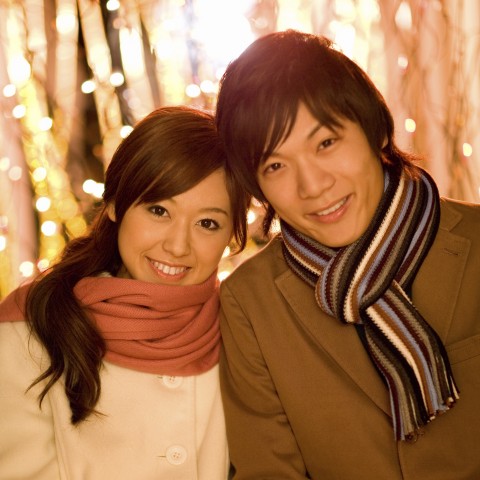











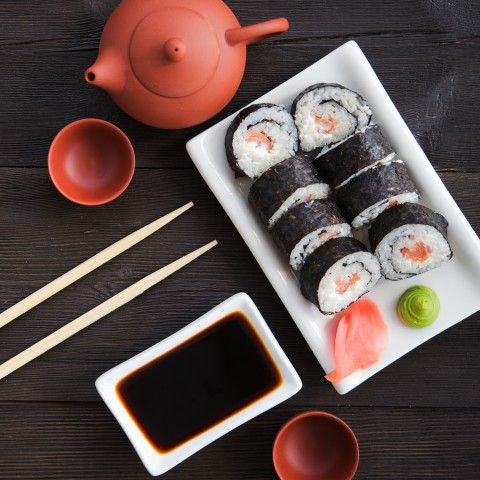









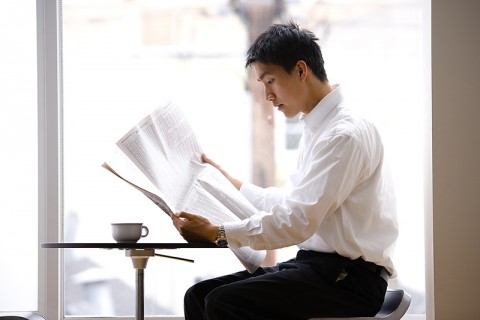


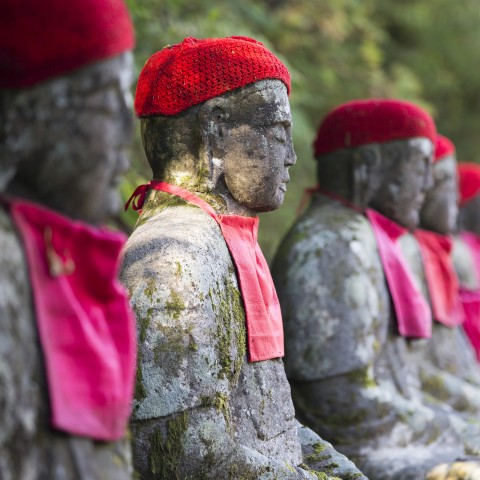


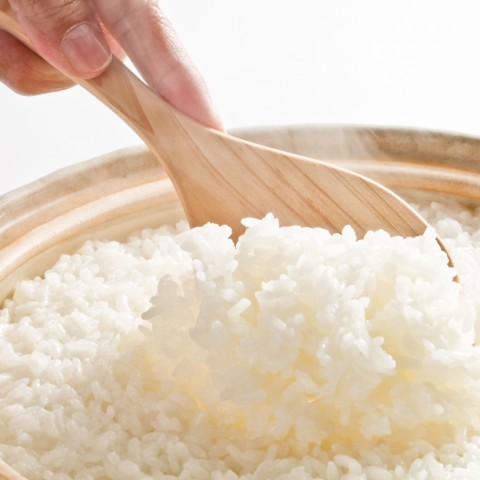



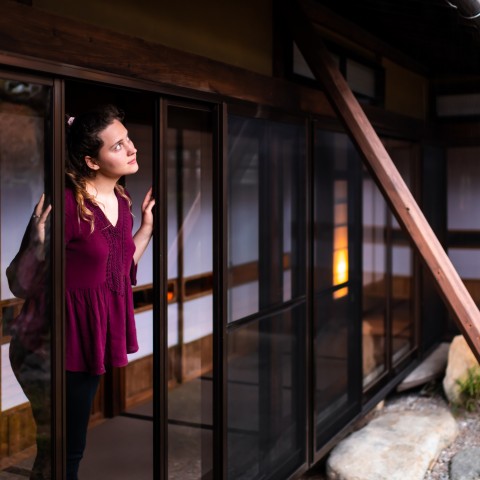

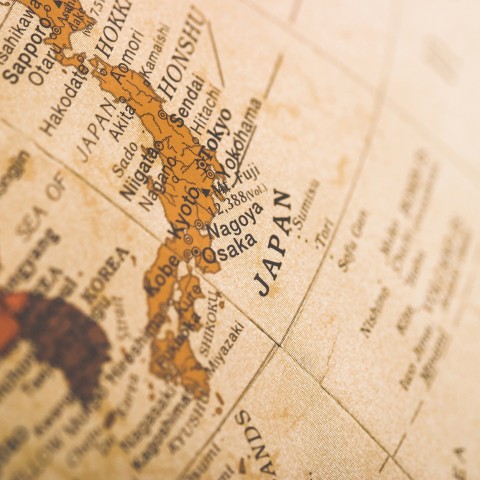









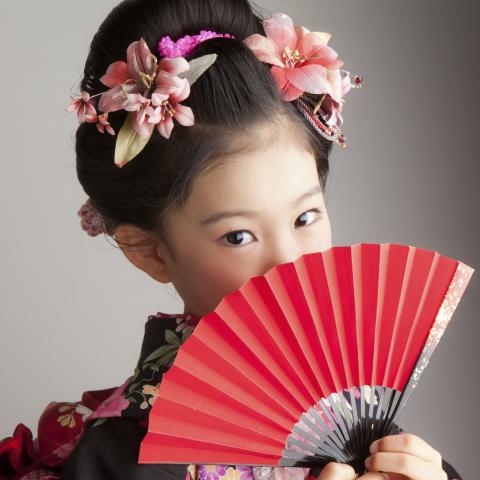

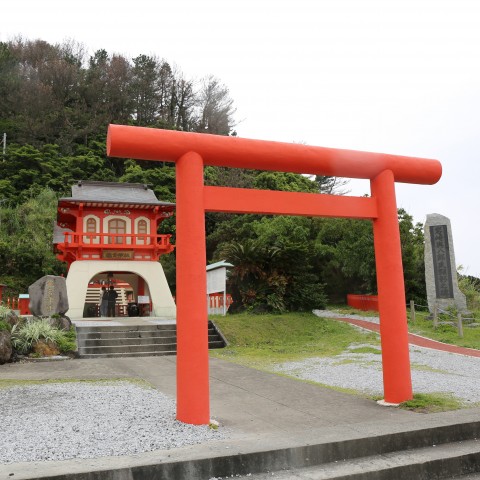


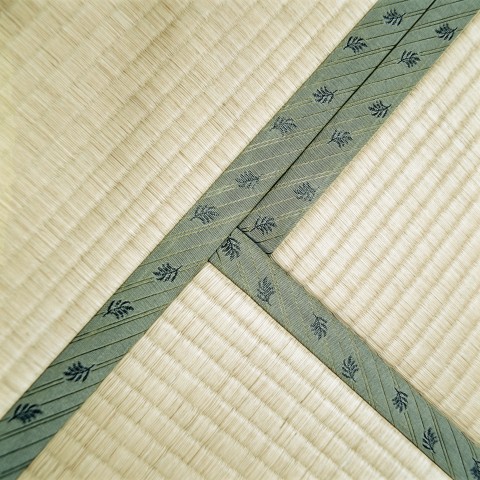

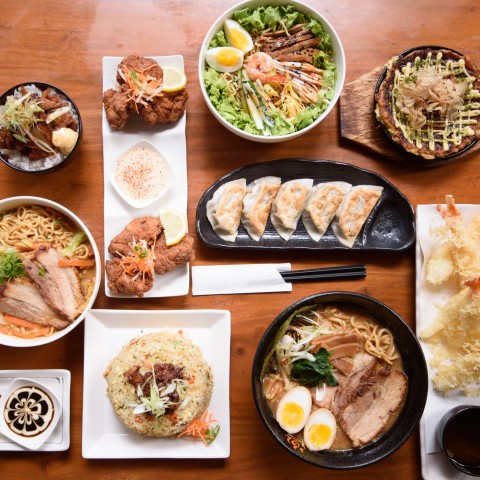
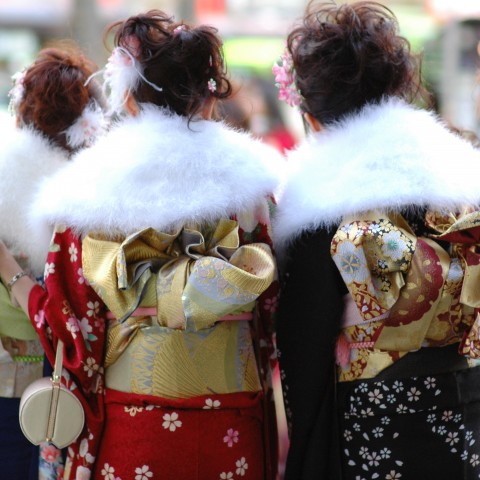
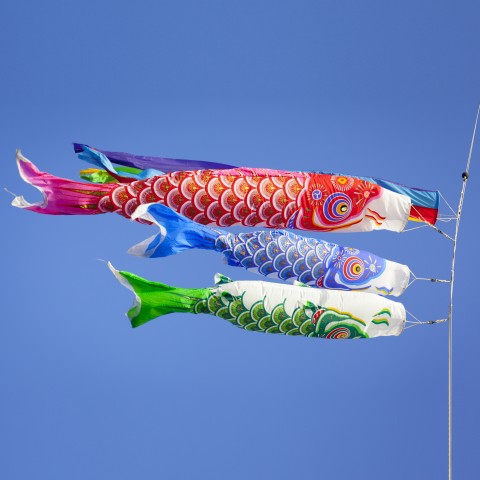
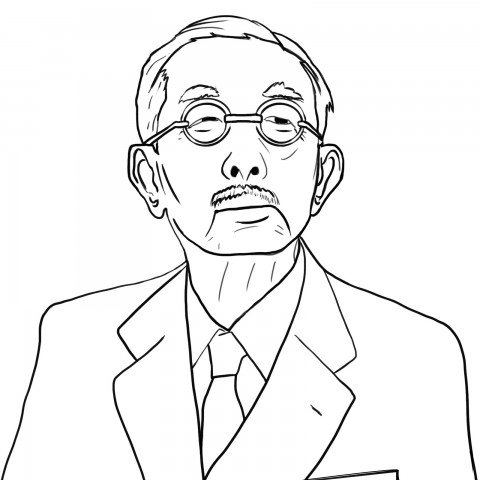
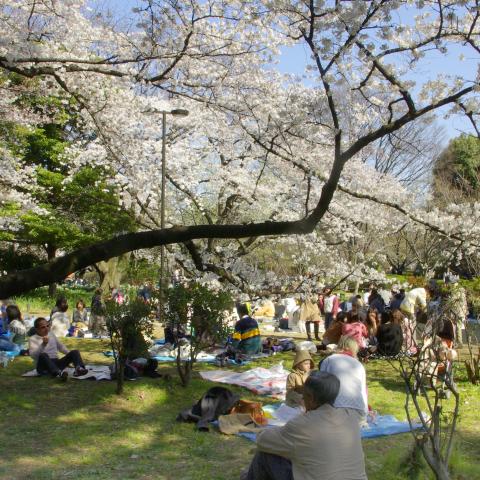


 Table of Contents
Table of Contents





